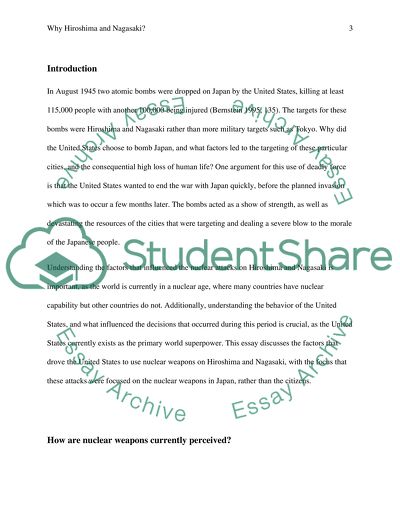Cite this document
(“Why did the U.S. government target Hiroshima and Nagasaki in 1945 Research Paper”, n.d.)
Retrieved from https://studentshare.org/history/1396799-why-did-the-us-government-target-hiroshima-and
Retrieved from https://studentshare.org/history/1396799-why-did-the-us-government-target-hiroshima-and
(Why Did the U.S. Government Target Hiroshima and Nagasaki in 1945 Research Paper)
https://studentshare.org/history/1396799-why-did-the-us-government-target-hiroshima-and.
https://studentshare.org/history/1396799-why-did-the-us-government-target-hiroshima-and.
“Why Did the U.S. Government Target Hiroshima and Nagasaki in 1945 Research Paper”, n.d. https://studentshare.org/history/1396799-why-did-the-us-government-target-hiroshima-and.


